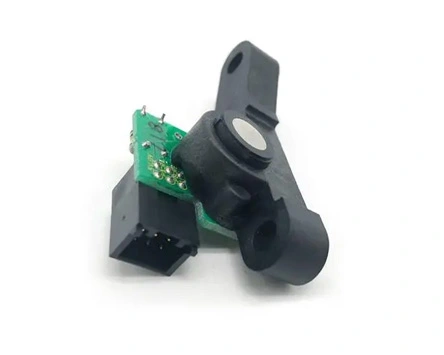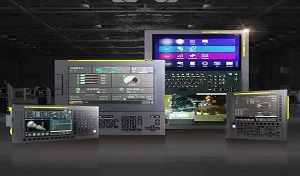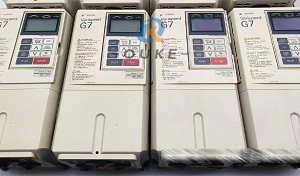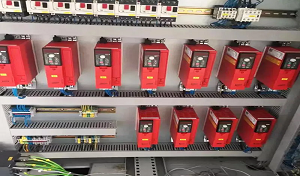
Encoder is a digital sensing device which provides feedback. Encoders contains a glass scale and the glass scale contains evenly spaced divisions in which a light passes through the glass.The encoder generally contains 3 sensing cells. One for home position (Z channel) and two for incremental position (A+B channel). Encoders convert motion to an electrical signal that can be read by some type of control device in a motion control system. The encoder usually sends a feedback signal that can be sued to determine position, count, speed, or direction. A control device can use this information to send a command for a particular function.
CNC series, Servo Motor, Laser, Robot, ROBDORILL
ROBOSHOT (Electric Injection Molding Machine)
ROBOCUT (Wire-cut Electric Discharge Machine)
Ge Fanuc PLC
ROBONANO (Super Nano Machine)
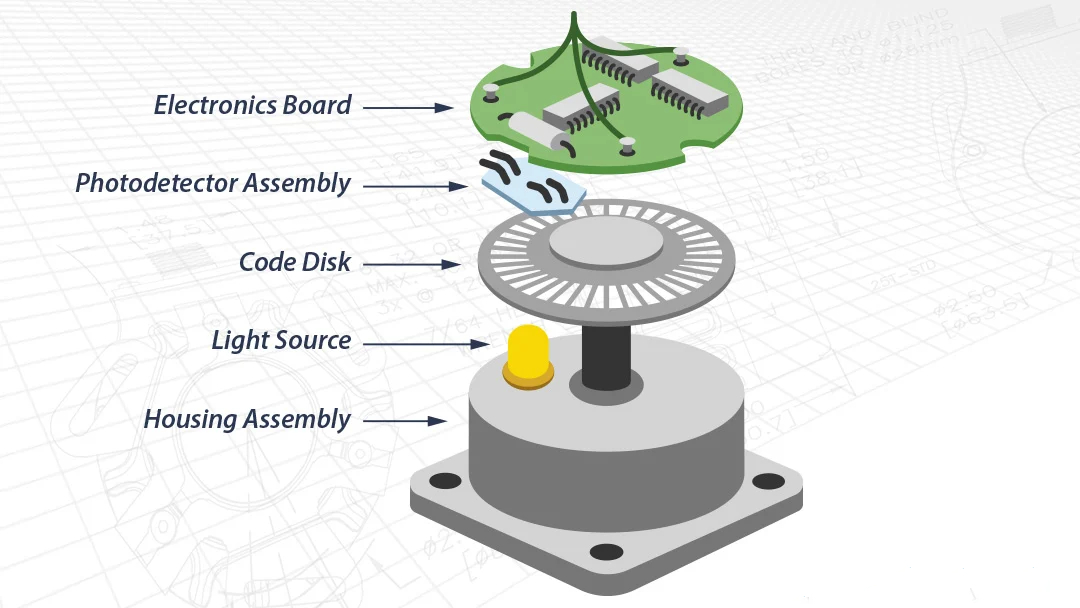
Encoders are used to translate rotary or linear motion into a digital signal. This is for the purpose of monitoring or controlling motion parameters such as speed, rate, direction, distance or position. In terms of the work principle of encoders, a beam of light emitted from an LED passes through the Code Disk, which is patterned with opaque lines. As the encoder shaft rotates, the light beam from the LED is interrupted by the opaque lines on the Code Disk before being picked up by the Photodetector Assembly. This produces a pulse signal: light = on; no light = off. The signal is sent to the counter or controller, which will then send the signal to produce the desired function.
Encoders are used in a variety of applications to convert motion into an electrical signal. They are commonly used in industrial controls, robotics, photographic lenses, computer input devices like mice and trackballs, and digital-to-analog conversion. In the automotive industry, they’re used in power steering and electronic stability control systems. Encoders also play a crucial role in medical equipment, such as CT scanners, and in consumer electronics for volume and tuning control.
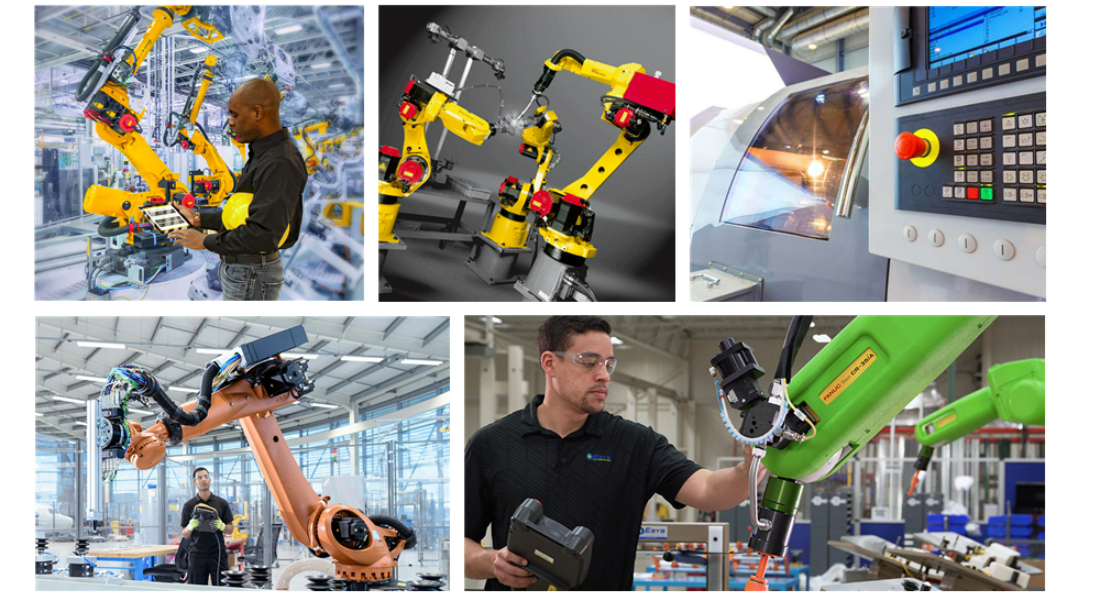
 English
English 日本語
日本語 한국어
한국어 français
français Deutsch
Deutsch Español
Español italiano
italiano русский
русский العربية
العربية Türkçe
Türkçe Jawa
Jawa
